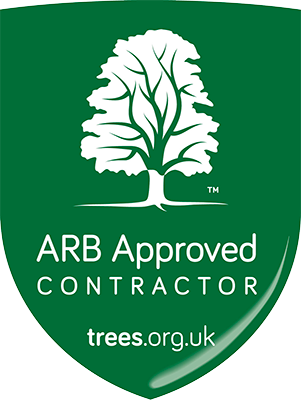We offer a 24/7 Emergency call-out, please call 03450 170 732
We offer a 24/7 Emergency call-out, click to callConservation and Tree Preservation Order trees
Tree Preservation Orders (TPOs)
TPOs are administered by Local Planning Authorities (LPA) (e.g. a borough, district or unitary council or a national park authority) and are made to protect trees that bring significant amenity benefit to the local area. This protection is particularly important where trees are under threat.
All types of tree, but not hedges, bushes or shrubs can be protected, and a TPO can protect anything from a single tree to all trees within a defined area or woodland. Any species can be protected, but no species is automatically protected by a tree preservation order.
A TPO is a written order, which in general, makes it a criminal offence to cut down, top, lop, uproot, wilfully damage or wilfully destroy a tree protected by that order, or to cause or permit such actions, without the authority’s permission. Anyone found guilty of such an offence is liable. In serious cases the case may be dealt with in the Crown Court where an unlimited fine can be imposed.
Conservation Areas
Normal TPO procedures apply if a tree in a conservation area is already protected by a TPO. But if a tree in a conservation area is not covered by a TPO, you have to give written notice to the LPA (by letter, email or on the LPA’s form) of any proposed work, describing what you want to do, at least six weeks before the work starts. This is called a ‘section 211 notice’ and it gives the LPA an opportunity to consider protecting the tree with a TPO.
You do not need to give notice of work on a tree in a conservation area less than 7.5 centimetres in diameter, measured 1.5 metres above the ground (or 10 centimetres if thinning to help the growth of other trees).

Crown thinning is the removal of a portion of smaller/tertiary branches, usually at the outer crown, to produce a uniform density of foliage around an evenly spaced branch structure. It is usually confined to broad-leaved species. Crown thinning does not alter the overall size or shape of the tree
